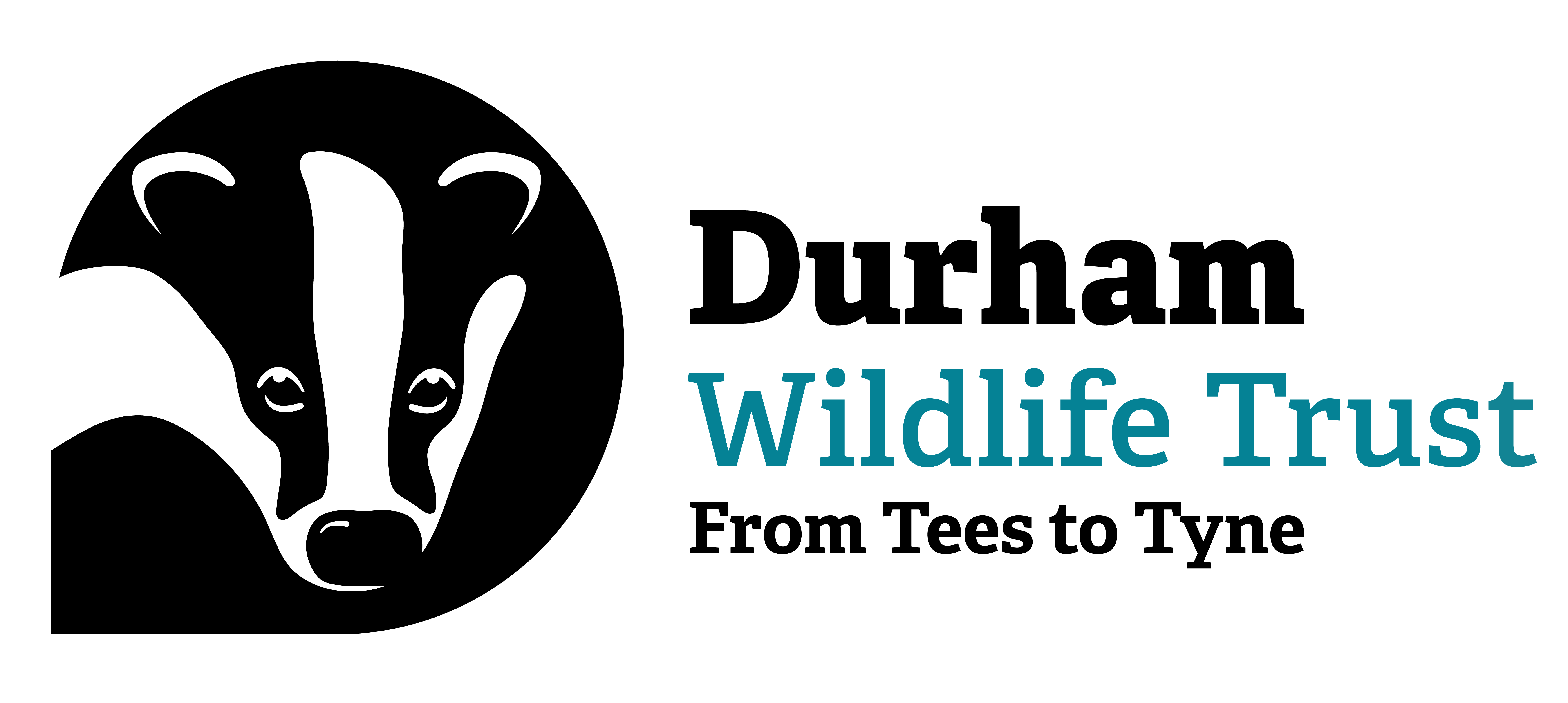These beautiful creatures, often elusive and camouflaged, can appear as fleeting shadows in the forest, disappearing before you catch more than a glimpse. But, if you're patient and still, you may hear the soft crunch of leaves underfoot. For many, there’s nothing like the thrill of spotting a deer, wild and free, as it gracefully leaps into the undergrowth.
The UK is home to six species of deer. Red and roe deer are truly native, fallow was introduced by the Normans, and the other three—sika, muntjac and Chinese water deer—escaped from deer parks in the late 19th and early 20th centuries.
Red deer
The largest UK land mammal, red deer, have been present since the last Ice Age. With their majestic stance and muscular build, they are iconic in the Scottish Highlands with reddish-brown coats and males boasting multi-pointed antlers over a metre wide. During the rutting season where males compete for females, the deep roar of the stags, their overpowering musky scent and the clashing of antlers is magnificent - one of nature's most dramatic scenes. There are no red deer in the wild in the Durham Wildlife Trust patch.







